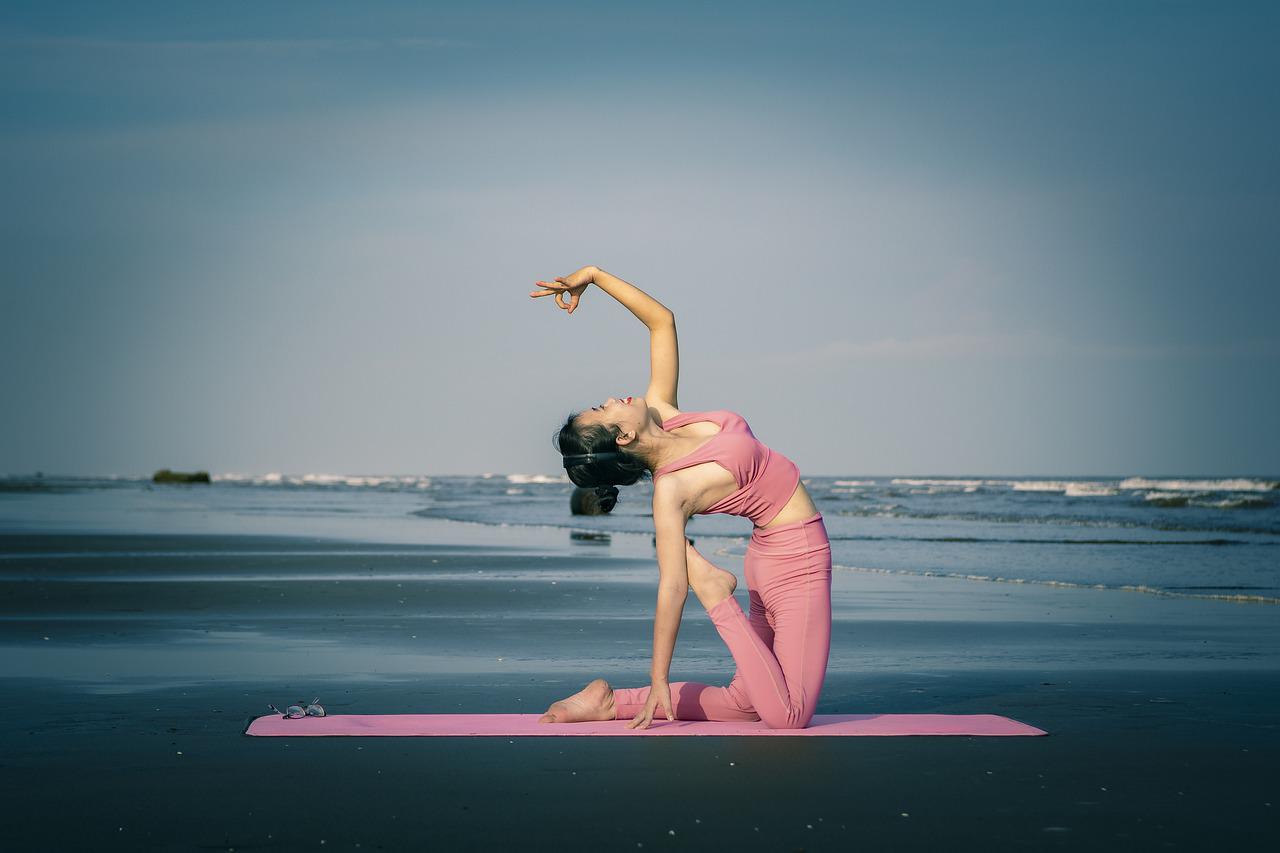Dietary changes
Many of you wonder how to control diabetes with some changes in your diet. Here are the 4 diet changes to add to your list of “how to control diabetes“ effectively with minimal effort.
- Eat fiber-rich foods.
Including fiber-rich foods such as fruits (fruits from trees), leafy vegetables like broccoli and cauliflower, legumes such as beans and chickpeas, and whole grains such as whole wheat bread and oats in your diet helps you lose extra weight and regulate your blood sugar level. Fibers also manage blood pressure and inflammation.
- Stay hydrated
The simplest way that should be on the list of “how to control diabetes.” is to choose water frequently when you feel thirsty. Drinking a good amount of water allows your kidney to flush out the extra sugar from your blood through urine. Drink eight glasses, or two liters, of water per day (67 ounces, or half a gallon).
- Avoid Fad Diets and act smart.
Fad diets promote losing weight with changes in your eating habits but with the elimination of the essential nutrients that your body requires for normal function. Try to steer clear of such diets. Make better food choices by dividing your plate into three sections: half-filled with fruits and vegetables, one-quarter with protein-rich foods like fish and lean meat, and one-quarter with whole grains.
- Reduce your carbohydrate intake.
When you eat carbs, your blood sugar level spikes. The Glycemic index (GI) in your food determines how fast this happens. The higher your carb intake, the higher your blood sugar levels and the higher your chances of uncontrolled diabetes. Try to opt for low-GI foods such as dried beans and legumes, oatmeal, fruit, and non-starchy vegetables like spinach, carrots, lettuce, tomatoes, or sweet potatoes.
Exercise & Yoga for Diabetes
To achieve the goal of “how to control diabetes” fast yet effectively, you need to combine some exercises and yoga asanas with your diet changes. Listed below are the types of physical exercises and a few yoga asanas for diabetes.
- Physical exercise
Obesity affects your blood sugar level. Regular exercise can help you lose extra weight, maintain your blood sugar level, and increase insulin sensitivity. The exercise regime for bringing your diabetes back into the normal range is listed below.
- Aerobic Exercise: Set a goal of exercising for 20-30 minutes daily. You can do brisk walking, swimming, biking, or running.
- Resistance Exercise: Doing physical activities such as weightlifting and calisthenics (your body weight) at least 2-3 times per week increases your strength, balance, and activeness.
- Limited Inactivity: Sitting for long hours in front of your computer affects your blood sugar level. Break this inactivity by standing, walking, or doing some light activity every 30 minutes.
- Yoga for Diabetes
Yoga has numerous benefits. Incorporating simple yet effective yoga for diabetes will release stress, help in losing weight, and maintain your blood sugar level. Make yoga an indispensable part of your life, whether you are a person with diabetes or not. Some easy yet effective yoga asanas for diabetes include:
- Sun Salutations (Surya Namaska)
While talking about yoga for diabetes, Surya namaskar, or Sun salutations, is the most effective asana. It controls your blood sugar levels, improves blood circulation, and stretches your entire body. It leaves you feeling refreshed and happy all day long!
- Bow Pose (Dhanurasana)
Bow pose, or Dhanurasana, is a highly recommended asana in yoga for diabetes. It regulates blood sugar levels, strengthens your abdominal muscles, helps in regulating the pancreas, and reduces constipation.
- Seated-forward Bend (Paschimottanasana)
This asana is a therapeutic approach to yoga for diabetes. It controls diabetes, balances insulin levels, regulates blood pressure, releases stress, fatigue, etc.
- Legs up the wall (Viparita Karani)
Legs up the wall is a significant yoga exercise for diabetes as it stimulates the pancreas and improves the functioning of your internal organs. It also improves your blood sugar level and energy levels.
- Corpse Pose (Shavasana)
You may start yoga with any asana but finish it with the corpse pose or Shavasana. This is the final step in yoga for diabetes. It significantly affects lowering your blood sugar level, controlling your blood pressure, and soothing your mind and body.
Summing up
With these easy dietary and exercise modifications, you will gradually change your weight and blood sugar levels. Moreover, by keeping a track of your blood sugar level and consistency in your diet and physical routine, you can fight back diabetes.


